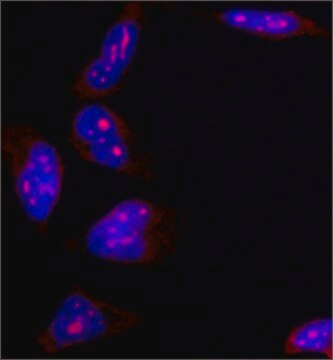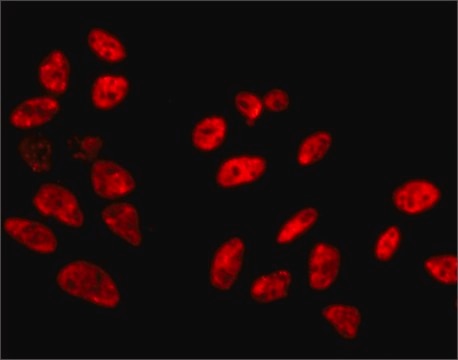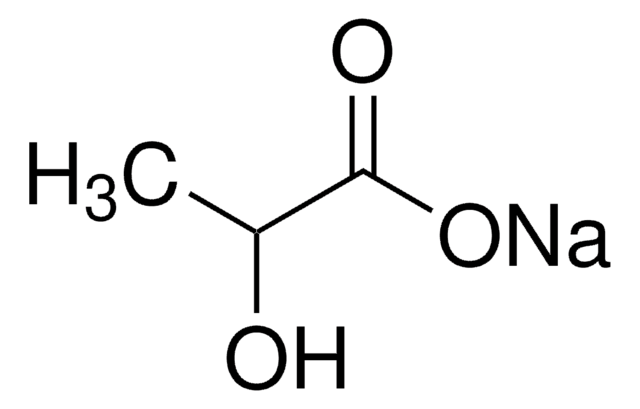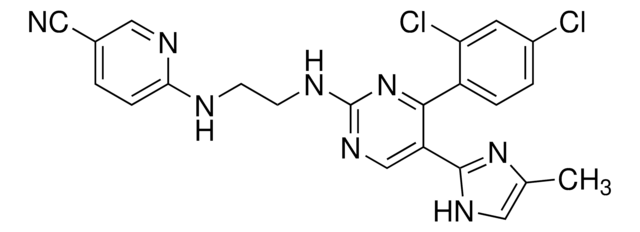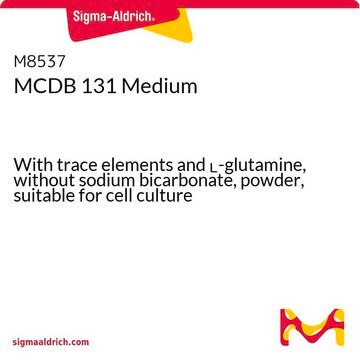P2860
Monoclonal Anti-PSF antibody produced in mouse
clone B92, purified from hybridoma cell culture
Synonym(s):
Mouse Anti-Polypyrimidine tract-binding protein-associated splicing factor
About This Item
Recommended Products
biological source
mouse
Quality Level
conjugate
unconjugated
antibody form
purified immunoglobulin
antibody product type
primary antibodies
clone
B92, monoclonal
form
buffered aqueous solution
species reactivity
mouse, human
packaging
antibody small pack of 25 μL
concentration
~2 mg/mL
technique(s)
immunocytochemistry: suitable
immunohistochemistry (frozen sections): suitable
immunoprecipitation (IP): suitable
microarray: suitable
radioimmunoassay: suitable using cells
western blot: 2-4 μg/mL using whole extract of cultured HeLa cells
isotype
IgG1
storage temp.
−20°C
target post-translational modification
unmodified
Gene Information
human ... TAP1(6890)
Related Categories
General description
Immunogen
Application
Immunofluorescence (1 paper)
Immunohistochemistry (1 paper)
Immunoprecipitation (1 paper)
- immunofluorescence
- immunohistochemistry
- immunoprecipitation
Biochem/physiol Actions
Physical form
Preparation Note
Disclaimer
Not finding the right product?
Try our Product Selector Tool.
wgk_germany
nwg
flash_point_f
Not applicable
flash_point_c
Not applicable
Certificates of Analysis (COA)
Search for Certificates of Analysis (COA) by entering the products Lot/Batch Number. Lot and Batch Numbers can be found on a product’s label following the words ‘Lot’ or ‘Batch’.
Already Own This Product?
Find documentation for the products that you have recently purchased in the Document Library.
Our team of scientists has experience in all areas of research including Life Science, Material Science, Chemical Synthesis, Chromatography, Analytical and many others.
Contact Technical Service